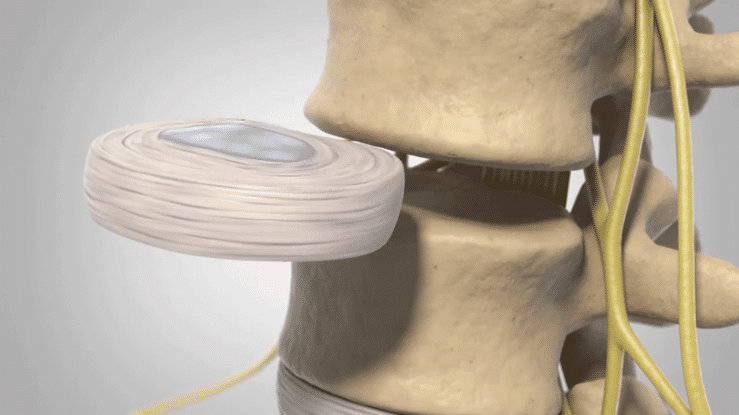About Lumbar Degenerative Disc Disease
Lumbar degenerative disc disease is a common experience in which one or more intervertebral discs cushioning the vertebra is damaged and bulges out of its usual location. “Disease” may be a misnomer since most people have some degree of degeneration in their discs. This bulging increases local pressure and the damaged tissue releases inflammatory mediators to the surrounding area.
Naturally, these discs lose elasticity and generally deteriorate with age, leading to a degenerative syndrome of the intervertebral discs. Bulging of these discs compresses nerve roots traveling through the narrow passages between vertebra to distal structures, and will cause pain in the compressed nerve locations and towards their respective destinations.
About Lumbar Degenerative Disc Disease
Lumbar degenerative disc disease is a common experience in which one or more intervertebral discs cushioning the vertebra is damaged and bulges out of its usual location. “Disease” may be a misnomer since most people have some degree of degeneration in their discs. This bulging increases local pressure and the damaged tissue releases inflammatory mediators to the surrounding area.
Naturally, these discs lose elasticity and generally deteriorate with age, leading to a degenerative syndrome of the intervertebral discs. Bulging of these discs compresses nerve roots traveling through the narrow passages between vertebra to distal structures, and will cause pain in the compressed nerve locations and towards their respective destinations.
PAIN AT THE SITE OF THE INJURY
PAIN, NUMBNESS, OR TINGLING IN THE ARMS OR LEGS
PAIN IS WORSE WHEN BENDING, TWISTING, AND/OR SITTING
LYING DOWN RELIEVES PRESSURE ON THE SPINE

How is Lumbar Degenerative Disc Disease managed?
The management of lumbar degenerative disc disease primarily involves limiting the symptomatic presentation. Degenerative disc disease is not a dangerous illness, but neither is it curable. A combination of physical therapy, pain medication, and lifestyle changes will usually be necessary to achieve optimal relief.

How is Lumbar Degenerative Disc Disease managed?
The management of lumbar degenerative disc disease primarily involves limiting the symptomatic presentation. Degenerative disc disease is not a dangerous illness, but neither is it curable. A combination of physical therapy, pain medication, and lifestyle changes will usually be necessary to achieve optimal relief.
How is Lumbar Degenerative Disc Disease diagnosed?
Your doctor will likely order an x-ray to get a better view of your back, but a CT or MRI scan may be required for better visualization.
Your provider will need to order your doctor will likely order an x-ray to get a better view of your back, but a CT scan may be required for better visualization. The intervertebral discs show up relatively poorly on x-ray, but CT allows for the visualization of cracks in the bone and slippage.
![dr ronjon paul md (1020x681px) - how is [condition] diagnosed? https://paulspine.com/wp-content/uploads/2021/01/dr-ronjon-paul-md-1020x681px-how-is-condition-diagnosed.jpg](https://paulspine.com/wp-content/uploads/2021/01/Dr-Ronjon-Paul-MD-1020x681px-How-is-condition-diagnosed.jpg)
![dr ronjon paul md (1020x681px) - how is [condition] diagnosed? https://paulspine.com/wp-content/uploads/2021/01/dr-ronjon-paul-md-1020x681px-how-is-condition-diagnosed.jpg](https://paulspine.com/wp-content/uploads/2021/01/Dr-Ronjon-Paul-MD-1020x681px-How-is-condition-diagnosed.jpg)
How is Lumbar Degenerative Disc Disease diagnosed?
Your doctor will likely order an x-ray to get a better view of your back, but a CT or MRI scan may be required for better visualization.
Your provider will need to order your doctor will likely order an x-ray to get a better view of your back, but a CT scan may be required for better visualization. The intervertebral discs show up relatively poorly on x-ray, but CT allows for the visualization of cracks in the bone and slippage.








